When it comes to the history of India, one of the most tragic and heart-breaking topics is the assassinations of some of the country’s most influential and beloved leaders. From Mahatma Gandhi to Indira Gandhi, these assassinated Indian leaders are remembered for their courage and commitment to the nation’s freedom and progress. Here is a list of 10 Indian leaders who were assassinated.
10- Balwant Rai Mehta
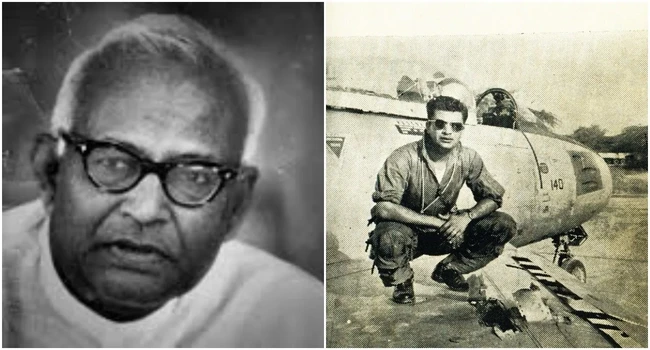
On 19 September 1965, Pakistani Air Force pilot Qais Hussain shot down a Beechcraft commuter aircraft piloted by Jahangir Engineer, a former Indian Air Force pilot. Unbeknownst to Qais, the aircraft was carrying then serving chief minister Mehta, his wife, three members of his staff, a journalist and two crew members. Tragically, all passengers were killed in the crash. In August 2011, Qais wrote to Jahangir Engineer’s daughter, apologising for his mistake and expressing regret that a civilian plane had been mistaken for a reconnaissance aircraft and he was ordered to shoot it down.
9- Beant Singh
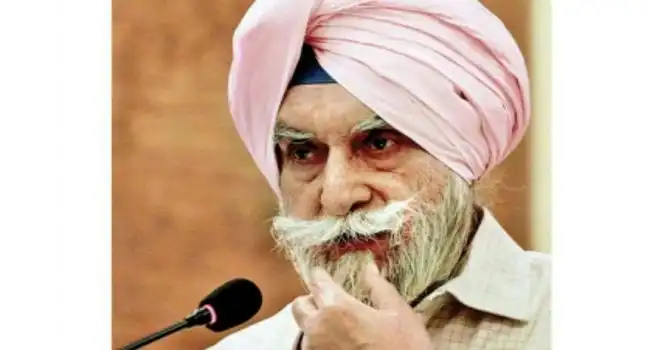
On 31 August 1995, a bomb blast at the secretariat complex in Chandigarh assassinated Beant Singh, along with 17 others, including 3 Indian commandos. The blast was conducted by Dilawar Singh Babbar of Babbar Khalsa International as a suicide bomber, with Balwant Singh Rajoana as the backup bomber. In 2012, the Chandigarh court sentenced Rajoana to death, but the Government of India stayed the execution after Punjab Chief Minister Parkash Singh Badal met President Pratibha Patil, who granted clemency. On 7 January 2015, Jagtar Singh, alias Tara, the alleged mastermind of Singh’s assassination, was arrested in Bangkok by the Central Bureau of Investigation. Tara is now on trial in an Indian prison.
8- Mahatma Gandhi
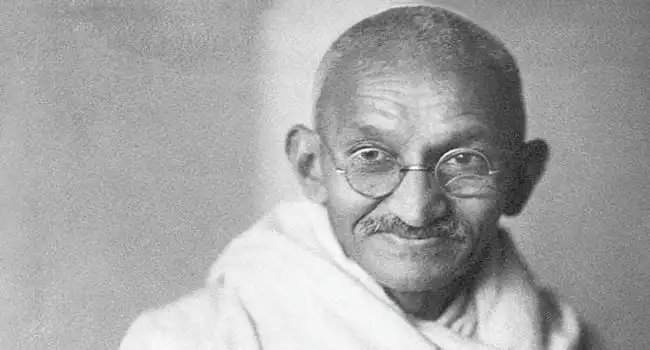
On January 30th 1948, Nathuram Godse assassinated Mahatma Gandhi, who was the leader of India’s independence struggle and an iconic figure in Indian history. This momentous event marked the end of an era and the beginning of a new one in Indian history. Gandhi’s legacy of non-violence and civil disobedience has inspired millions around the world, and his ideals remain relevant in modern times. His impact on the world was so great that his assassination was felt all around the globe. His ideas continue to live on, reminding us of the power of peaceful resistance in the face of adversity.
7- Deendayal Upadhyaya
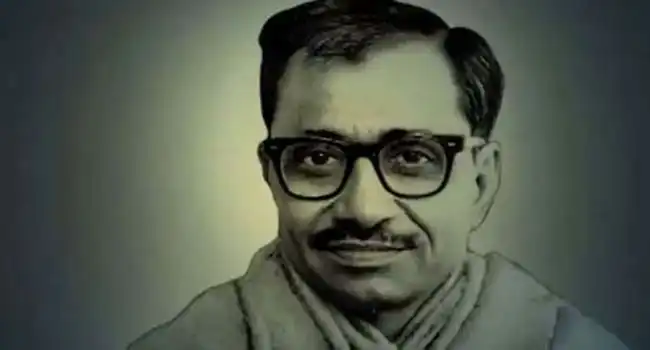
On February 11th 1968, Deen Dayal Upadhyay, an Indian independence activist and a leader of the Bharatiya Jana Sangh party, was tragically assassinated in Mughalsarai. As an influential leader, Upadhyay was renowned for his determined efforts to uphold and protect the Indian principles of liberty, equality and fraternity. He was an advocate for democracy and an ardent believer in the power of the people to bring about meaningful change. His dedication to the cause of independence and the ideals of nationhood was unwavering, and his untimely death was a great loss to India. Upadhyay’s legacy still resonates today, and his message of freedom, justice, and peace continues to inspire many.
6- Lalit Narayan Mishra
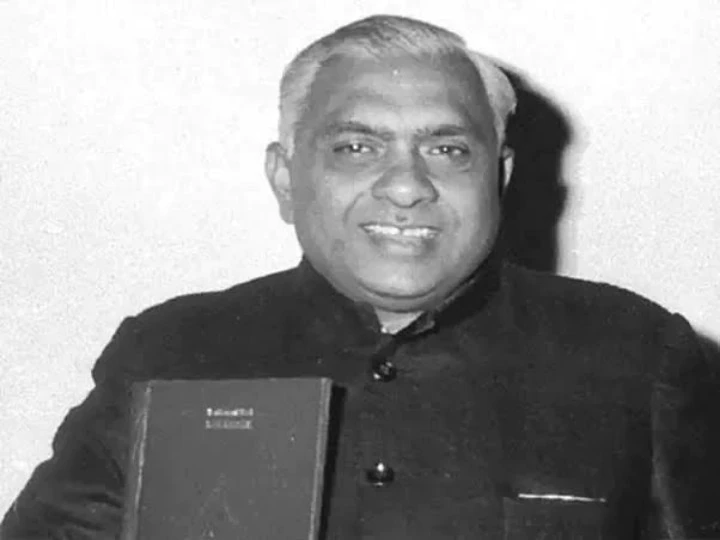
On 2 January 1975, as Minister of Railways, Shri Lalit Narayan Mishra paid a visit to Samastipur to formally inaugurate the Samastipur-Darbhanga broad gauge railway line. Tragically, a bomb blast on the dais caused severe injuries to him, leading to his untimely demise the following day at the Danapur Railway Hospital. His untimely demise marked a great loss for the nation, a testament to his immense contribution to the Indian Railways and the broader nation.
5- Partap Singh Kairon
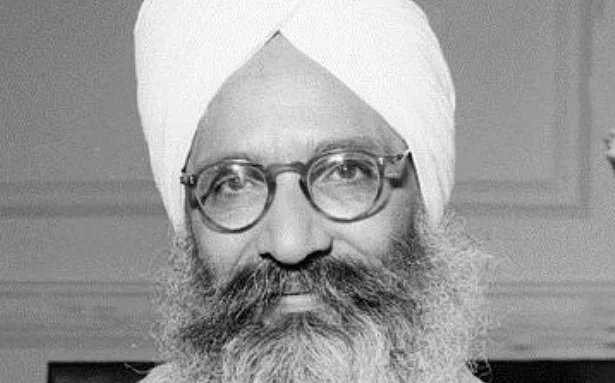
Kairon was murdered on 6 February 1965 by Sucha Bassi, Baldev Singh, and Nahar Singh ‘Fauji’ near Rasoi village, Sonipat district. Sucha had plotted the killing of Kairon in retribution for his involvement in ensuring the conviction of Ajit Singh and his father Bir Singh for murder. These three were convicted and hanged in 1969, and the fourth accused, Daya Singh, was given a life sentence, only to be released in 1994.
4- Rajiv Gandhi
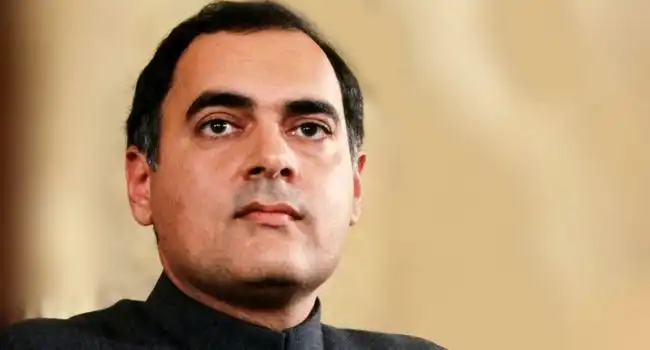
On the morning of May 21, 1991, Rajiv Gandhi, the former Prime Minister of India, was assassinated while campaigning in the Indian parliamentary elections. He had just finished his speech in the Sriperumbudur town of Tamil Nadu and was walking towards the crowd to greet them when a woman approached him, bent down, and touched his feet. As soon as she did, there was a powerful explosion that killed Rajiv Gandhi on the spot.
The investigation revealed that the woman was Dhanu, a member of the Liberation Tigers of Tamil Eelam (LTTE). She was carrying a belt bomb, filled with about two kilograms of RDX and TNT explosives, which was hidden beneath her dress. She had been in contact with LTTE since 1988 and was being used as a suicide bomber by the organization in order to kill Rajiv Gandhi.
3- Indira Gandhi
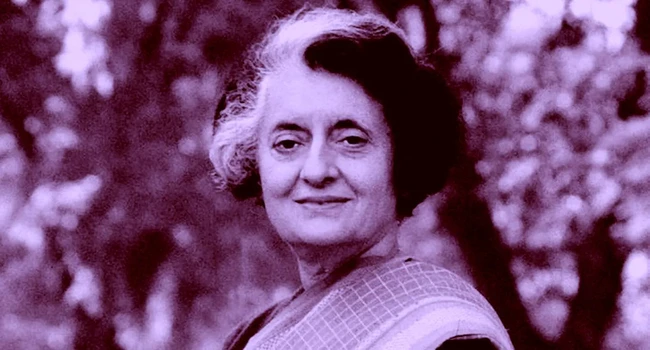
On October 31st, 1984, the Prime Minister of India, Indira Gandhi, was assassinated by her own bodyguards. The two Sikh bodyguards, Beant Singh and Satwant Singh, had been assigned to protect Gandhi since 1982. However, on the fateful day, they opened fire on Gandhi with their service rifles, hitting her several times and fatally wounding her.
The assassination was a direct result of the political turmoil that had been plaguing India since the early 1980s. Gandhi had ordered a military operation against Sikh militants in the Golden Temple in Amritsar, which had resulted in the death of thousands of Sikhs. This had created a wave of anti-Gandhi sentiment amongst the Sikh population and the bodyguards had acted in response to this.
2- Subhas Chandra Bose

On August 18th 1945, Subhas Chandra Bose, the famous Indian revolutionary leader and freedom fighter, was assassinated in a plane crash in Taihoku, Taiwan. The cause of the crash is still a mystery, and many theories have been put forward, ranging from a possible sabotage by the British authorities to a mechanical failure. However, the most widely accepted theory is that Bose was attempting to flee to the Soviet Union in order to seek political asylum.
The plane carrying Bose was a Mitsubishi Ki-21, a Japanese heavy bomber. The plane was piloted by a Japanese pilot, and the passengers included Bose and his aide Habibur Rahman. Little else is known about the circumstances of the crash, and no eyewitnesses have ever been found. The crash killed all three people aboard the plane and their remains were cremated by the Japanese. Bose’s ashes were taken to Tokyo and kept in a Buddhist temple, where they were venerated by his supporters.
1- Lal Bahadur Shastri
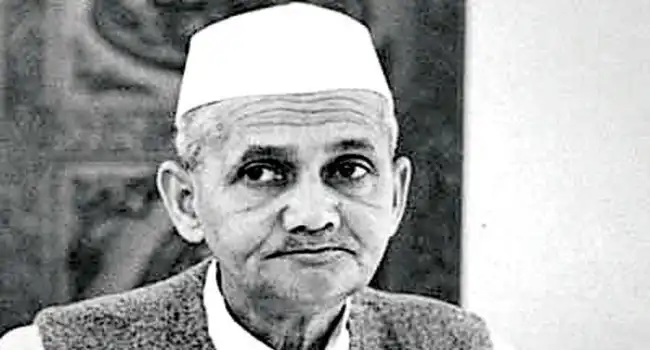
The life and career of Lal Bahadur Shastri had been one of great service to the Indian nation. He had joined Gandhi’s struggle for independence at a young age, and went on to become an inspiring leader in his own right. As Prime Minister, he oversaw many positive changes in India, including the promotion of the Green Revolution, the nationalization of banks, and the formation of the Planning Commission. His legacy was defined by his commitment to the principles of non-violence, social justice, and self-sufficiency.
On the fateful night of January 11th, 1966, Shastri had been attending a peace summit in Tashkent with the then-Pakistani leader, Ayub Khan. After the signing of the peace treaty, Shastri retired to his hotel room, where he would suffer an untimely death. The cause of Shastri’s death remains a mystery to this day. Some have suggested that he was poisoned, either by his political enemies or by agents of the Pakistani government. Others have argued that he died of natural causes, such as a heart attack. Whatever the case may be, his death has been a source of great controversy, and is still a topic of much debate.


